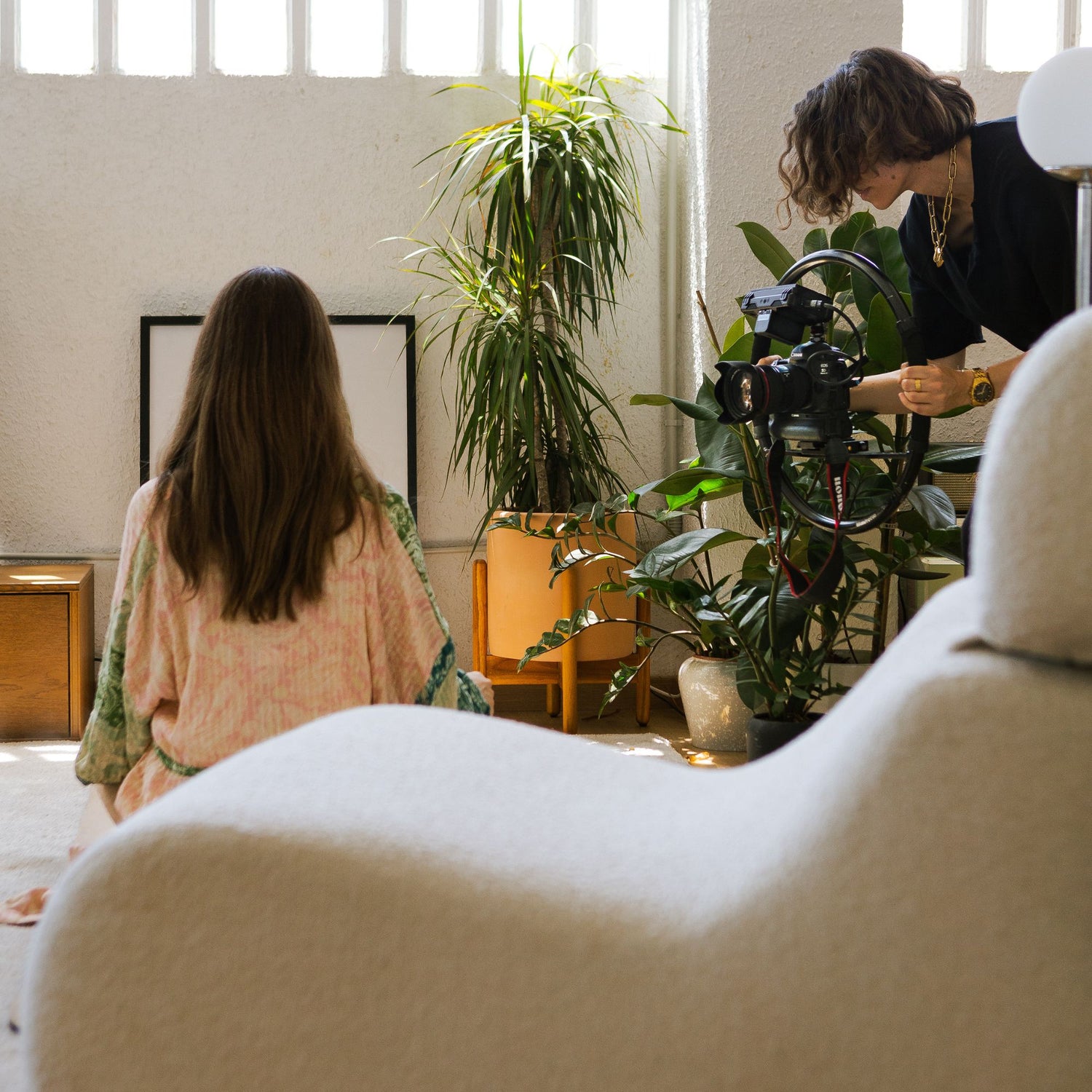Good Night, Sleep Tight with Yoga: A Guide to Better Sleep and Yoga Nidra Training
Insomnia is one of the biggest health problems we face. A lack of sleep can affect your physical and mental wellbeing, which is bad news for anybody. Incorporating yoga exercises into your everyday routine is one of the best decisions you will ever make. Yoga doesn’t just help you sleep better, it is also scientifically proven to improve your heart health, manage stress, and boost your energy levels.
Yoga is a practice that stimulates the mind, body & soul which combines movement, meditation, and breathing exercises. It is a combination of physical and mental exertion whilst in parallel, it also stimulates the relaxation and stretching of the muscle groups allowing for a deeper REM sleep, less sleep latency, less sleep disturbance and an overall better sleep efficiency.
So, stay with me and continue reading to learn how yoga can improve your sleep quality with specific postures to try out before bedtime.
Benefits of Bedtime Yoga for a Good Night Sleep Tight
Reduce Stress:
One of the biggest reasons why people don’t sleep at night is because of stress, our very own modern-day plague. Unfortunately, daytime stress doesn’t magically vanish when we climb into our beds which is why we need yoga and meditations to help detangle the web of stress we might have created during the day. Stress is a part of our daily life, it is here to stay therefore we need to learn to view stress in a different way in order to reduce its harmful effect on our body & mind. Yoga has been proven to help lower cortisol levels in the brain (i.e., The hormone responsible for stress).
Improve Mindfulness:
One of the main focuses of yoga is mindfulness. This means being fully aware of the moment, fully aware of our own mortality and all of the freedom that comes with that. In relation to sleep, Mindfulness can boost melatonin which is the hormone that helps you sleep and also helps to control the breath which is closely linked with anxiety. Mindfulness also lowers the levels of stress hormones in the body which can again, aid our sleep quality.
Pain reduction:
Chronic pain, especially back pain can hinder your night's sleep. Since the beginning of time Yoga has been used to reduce pain as it teaches us to fully understand the inner engineering of our own complex systems. Endless studies have shown that relaxation yoga and mindful meditation can reduce muscle pain and even pain caused by rheumatoid arthritis.
Relax the nervous system:
Yoga, as an overall practice supports the regulation of the nervous system. It works our mind and body to find a healthy balance within our nervous system or put in another way, it helps our bodies find stability. Our modern daily life is often full distractions which are designed to arouse our sympathetic system (fight, flight or flee), yoga helps to take the edge off that level of stimulation which is why it is perfect as a bedtime routine.
Weight Loss:
Continued yoga practice and getting a good night’s sleep have a huge positive impact on weight maintenance and weight loss. A good yoga practitioner knows not to eat before a yoga session and this habit will help you curb your late-night eating problem and give you a healthier nighttime routine.
To summarize the benefits, yoga is really good for us! Don’t take my word for it and read more HERE about the benefits yoga has on your brain.
5 Key Yoga Exercises for Good Night Sleep Tight
Since we’re talking about sleeping better at night, we’ll focus on restorative yoga. Restorative yoga is designed to support muscle relaxation. This type of yoga has been found to lower heart rate, blood pressure, and helps you sleep faster. Here are 5 key restorative yoga postures to get you started on your journey:
- Viparita Karani: This is one of the simplest yoga stretches to try, it is known by most people as the leg-up-the-wall yoga. Lay your mat perpendicular to a wall, lie on the mat with both legs going up the wall so that your body forms an L shape, place your arms at your side and move your legs towards your chest slowly and back to the wall. So simple!
- Ananda Balasana: Also known as the famous Happy Baby pose, as you lie on your back, bring your feet up towards your hands with your knees bent. From here you can mimic the happy baby by holding your feet or ankles to create a pose that offers full body relaxation.
- Supta Baddha Konasana: This pose is commonly called the butterfly yoga pose. Lie on your back, rest your hands above your head, bend your knees towards your chest slowly, then spread your legs wide, hold the position for about ten seconds then repeat the process again.
- Balasana: Child’s pose, a classic that stretches multiple muscle groups whilst paying close attention to spinal alignment, the epicentre of the nervous system. Whilst kneeling, push you bottom down towards the heels of your feet whilst stretching your arms forward to meet the floor; your hands should continue to push your bottom closer to your heels whilst maintaining a straight spine.
- Nidra Yoga: Also referred to by many as yogic sleep, Nidra yoga in modern usage is essentially a state of consciousness between waking and sleeping, typically induced by a guided meditation. Lie down on your back focusing on all 5 senses and take in deep inhalations and long exhalations.
All of these increase flow of blood to the brain’s sleep centre and help relax the nervous system whilst encouraging your mind to unwind from your day’s stress and tension. There are numerous things you can adopt to help you get the most out of your yoga ritual.
Good Night, Sleep Tight Tips & Tricks...
- Firsty, set a reasonable timeframe (15 minutes of yoga before bed is fine). Start small to ensure you can stay consistent and increase the timeframe as you get more comfortable.
- Choose slower yoga types like the ones we discussed above and avoid intense yoga types for now to ensure a strong focus is kept on deep breath work to maximise the calming effects.
- For the first few weeks, stay away from extreme postures like beck bends and never forget to end your yoga session with breathing exercises that promote quality sleep.
- Create a serene sleeping environment by clearing out all electronics from your bedroom and using an oil diffuser with candles to create a relaxing ambiance.
Conclusion
It goes without saying that feeling tired all the time is not a good way to live. This is why you need to up your sleeping and relaxation game. Trust me, engaging in regular yoga exercises especially before bed is one of the best ways to help you get that well-needed sleep at night.
As with everything else, the beginning will be difficult but quitting is not an option if you want to reach your goal which is a good night’s sleep on a consistent basis. So, keep going and in no time Insomnia will be a thing of the past.
Love & Blessings…hygëia



